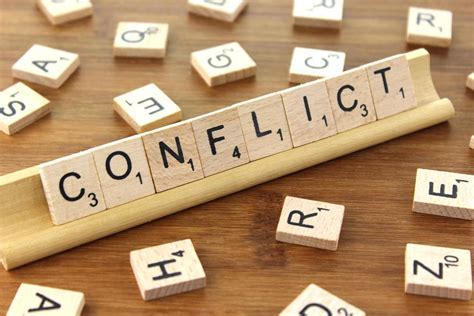Conflict, an inevitable aspect of human interaction, challenges our ability to communicate effectively. Whether in the workplace or personal relationships, the key to navigating conflict lies in understanding and implementing effective communication strategies. This guide explores practical approaches to enhance communication during conflicts, emphasizing the distinction between reactive communication and responsive communication.
Effective Communication Strategies
Effective communication in conflict is a skill that can be developed with practice and patience. Here are refined strategies to guide you through conflict resolution:
1. Active Listening
Active listening is the cornerstone of effective communication, especially in conflict resolution. It involves fully concentrating on the speaker, understanding their message, responding thoughtfully, and remembering what was said. This practice fosters mutual respect and understanding, paving the way for a constructive dialogue.
- Techniques for Active Listening:
- Reflective Listening: Mirror the speaker’s message to show understanding.
- Clarification: Ask questions to ensure comprehension.
- Summarization: Recap what has been said to confirm accuracy.
2. Emotional Regulation
Maintaining composure is critical during conflicts. Emotional regulation helps in managing and expressing emotions in constructive ways, preventing escalation.
- Strategies for Emotional Regulation:
- Breathing Techniques: Use deep breathing to maintain calm.
- Pause Before Responding: Take a moment to collect your thoughts.
- Positive Self-talk: Remind yourself of your goal to resolve the conflict.
3. Clear and Concise Communication
Clarity in communication ensures that your message is understood as intended, reducing the likelihood of misunderstandings.
- Key Points for Clarity:
- Be Specific: Avoid vague statements.
- Use Simple Language: Ensure your message is easily understood.
- Avoid Jargon: Unless absolutely necessary, keep the language accessible.
4. Utilizing “I” Statements
“I” statements allow you to express your feelings and thoughts without blaming or accusing the other person, fostering a more open and less defensive dialogue.
- Framework for “I” Statements:
- Express Your Feelings: Start by stating how you feel.
- Describe the Behavior: Without blaming, describe the specific behavior causing the issue.
- Impact Explanation: Explain the impact of the behavior on you.
- Request a Change: Suggest a specific change in behavior.
Reactive vs. Responsive Communication
Understanding the difference between reacting and responding is vital in conflict resolution.
Reacting: The Impulsive Counter
Reactive communication is often immediate, driven by emotions without filtering thoughts. While it’s a natural human instinct, reacting usually escalates the conflict, hindering resolution.
Responding: The Considered Approach
Responsive communication, in contrast, involves taking a moment to pause, process the situation, and choose a thoughtful approach. This method allows for addressing the issue constructively, focusing on finding a solution rather than winning the argument.
- Benefits of Responsive Communication:
- Reduces Conflict Escalation: By avoiding emotional retaliation.
- Promotes Understanding: Encourages a deeper understanding of all perspectives.
- Facilitates Problem-solving: Focuses on solutions rather than blame.
Conclusion
Effective communication through conflict is not about suppressing emotions or avoiding disagreements but about addressing differences constructively. By practicing active listening, maintaining emotional control, communicating clearly and concisely, and choosing to respond thoughtfully rather than react impulsively, individuals can navigate conflicts more effectively. These strategies not only resolve disputes but also strengthen relationships by fostering respect, empathy, and understanding.

Be the first to comment